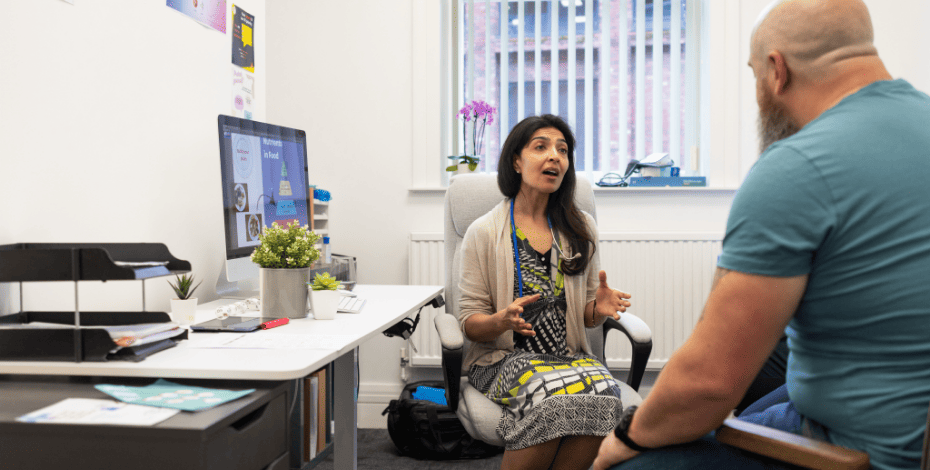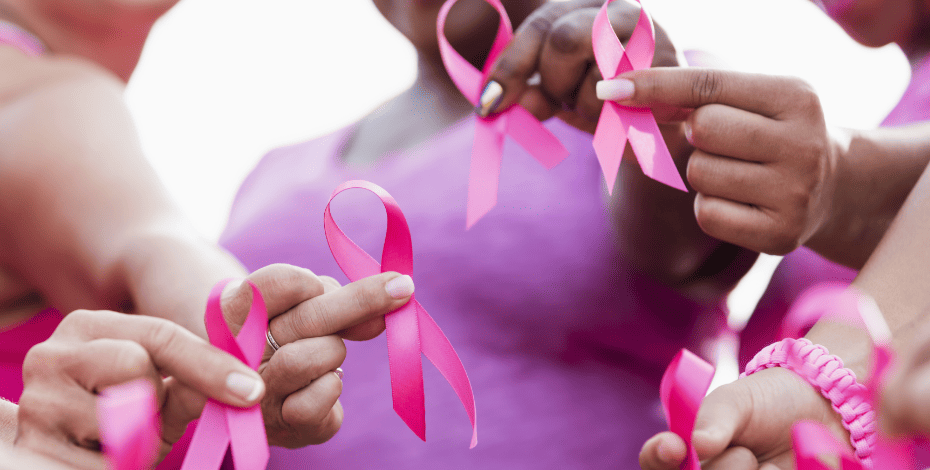
Co-designing a circus intervention for pre-schoolers born preterm

A discussion with physiotherapist and circus coach Free (Frances) Coulston, one of the 2020 Physiotherapy Research Foundation Seeding Grant recipients.
After graduating from the Doctor of Physiotherapy program at the University of Melbourne in 2013, Frances Coulston, or Free as she prefers to be called, landed her first job at the National Institute of Circus Arts, where coincidentally, she had been a circus student a decade prior.
Her career continued into sports medicine, with a stint working for Gymnastics Victoria and in private practice, and then, in a break from physio roles, she worked as a circus educator, teaching and mentoring circus coaches.
So she considered it a lucky break when she got the opportunity to combine both of her passions as a PhD student in the paediatric department at the University of Melbourne with supervisor Professor Alicia Spittle.
Last year she was awarded a $10,000 Physiotherapy Research Foundation (PRF) Seeding Grant, enabling the former trapeze artist to conduct a research study on using a co-design approach to develop a circus intervention to improve participation and motor skills in pre-schoolers born preterm.
‘We decided to focus on the potential of circus as a pathway to enhancing participation of children born preterm or with developmental delay in physical activity.
But we were really aware quite early that we wanted to combine that approach with a co-design element,’ Free says.
Children born extremely preterm (before 28 weeks gestation) typically don’t participate in as much physical activity as children born at term, and this has lifelong implications.
It can be for a number of reasons, including motor impairments, long periods of hospitalisation as an infant and toddler, respiratory and other medical conditions, and behavioural challenges.
Free says that as many of the children get stronger and approach preschool age, there is interest in engaging in community activities but they and their parents don’t know where to start and can experience barriers when engaging with programs.
‘They might perceive their child as not keeping up with the rest of the group or they might feel there’s not quite enough understanding of the background of the child or the family experience.
So there is a need for some kind of intervention that’s going to let these families feel like it’s a safe thing to do and it’s been considered.
The program has been thoughtful in ensuring safety but also being very welcoming and inclusive of diverse abilities,’ she says.
The research project uses a co-design approach involving three groups of stakeholders—parents, circus coaches and paediatric health professionals.
In the initial phase, information was gathered through surveys and interviews to understand each group’s needs.
A co-design team was then established to design the intervention program.
‘We’re still using those three stakeholder groups, so we’ve got four parents of pre-schoolers born preterm.
We’ve got two circus coaches.
We’ve got two paediatric health professionals and then two academic researchers, and we’ve come together as a group, the ten of us, to form a co-design team and we’re right in the middle of it now, which is so exciting,’ Free says.
‘It is such an incredible group, with such rich lived and professional experience.’
The co-design team is now designing a pilot intervention program that will be tested next year.
The two big questions for the team are what the intervention should look like and desired outcomes.
To this end, they are designing a package for circus providers to enhance their capacity to be inclusive of preterm children and their families.
This involves three main aspects: understanding the preterm experience, optimising a holistic developmental therapeutic agenda within circus classes, and coming up with strategies for meaningful inclusion and successful management of diversity and ability within a circus environment.
Next the team will map out circus skills against the broad developmental goals determined through the co-design process.
Circus is a very holistic activity that involves not just a huge range of physical skills but also psychosocial skills including confidence building, inclusion, working in a group and emotional regulation.
‘Failure is celebrated as part of the learning process.
So it really builds resilience and persistence and then that sense of achievement is all the greater when you finally see that hula hoop stay around your waist for five seconds,’ Free explains.
The benefit of choosing a circus intervention over other physical activities is the huge variety of activities it encompasses—juggling, hula hoops, trapeze, trampolining and so on.
‘Say a child, for example, has some challenges with hand-eye coordination, there’s a thousand different awesome, fun activities we can do with a thousand different props that are actually all working on that one thing.
But the child doesn’t notice because all they’re doing is having an awesome class with lots of colour and movement and some things to play with,’ explains Free.
‘We can focus on one key outcome for that child, such as core strength.
We might try trapeze.
We might use hula hoops.
We might do some partner balancing stuff, but actually, all of those things are still targeting this goal of increasing core strength.
But we can come at it from so many different angles and so much variety, and that’s really exciting for that preschool age group, I think.’
Free hopes the co-design process will provide tangible outcomes for all stakeholders.
In addition to getting preterm children more involved in physical activity, with all the health benefits that provides, the proposed intervention will provide parents with opportunities to connect, both with other preterm parents and with the wider circus community.
Circus organisations will gain a greater capacity to work with children with diverse needs and abilities.
And it provides a pathway for increased physical and recreational activities in a safe and welcoming environment that can be recommended by the paediatric professionals working with preterm children, as well as other children with diverse abilities.
Free says the PRF Seeding Grant has been a crucial part of getting the project up and running, covering costs including hiring research assistants to help with collecting and analysing the data.
Since winning the grant, she has also been awarded two more, which she believes has been helped by the PRF grant.
She sees physiotherapists as being well positioned to lead the emerging research into participatory methodologies.
‘I just think that physios are uniquely placed.
As part of our education, we have so many incredible opportunities and we work with such a diverse range of people throughout.
Then physiotherapy, as a profession, really embraces this idea of community-based interventions.
We’re always working towards clients reintegrating into the community in some way or another, whether that’s physically through sports, through participation in social outings, however that looks,’ Free says.
Free will be presenting her research at the APA’s THRIVE conference to be held in Queensland in October.
© Copyright 2025 by Australian Physiotherapy Association. All rights reserved.





